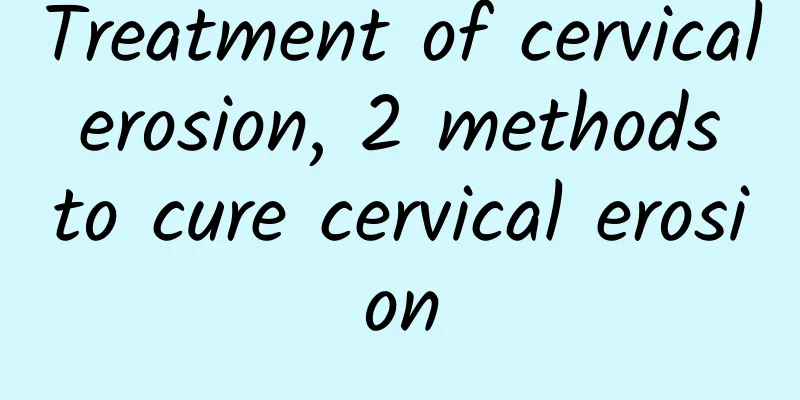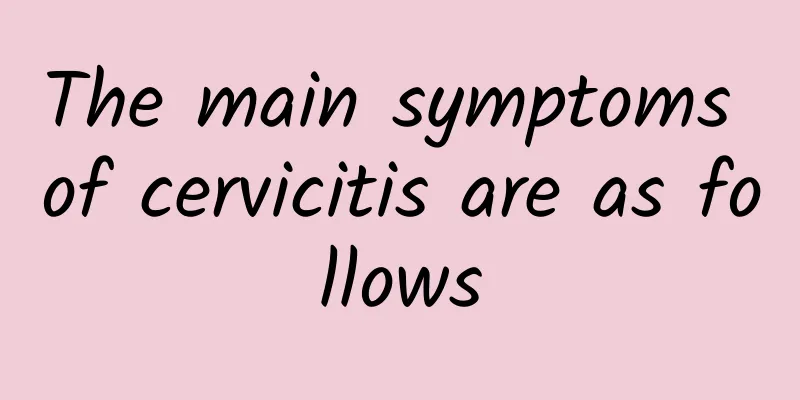Anthocyanins protect the eyes, nourish the brain and control blood sugar! Avoid nutrient loss by paying attention to these 4 points

|
Anthocyanins are hot! Many people who love beauty drink a bottle of berry drink every day to keep their skin firm and white; those who are trying to lose weight and control their diet will also supplement with cranberries and blueberries to improve their weight loss efficiency; when they stare at the computer all day at work and their eyes become blurry and unclear in the afternoon, most of the eye protection drinks at hand will add black currant. These foods have one thing in common, which is that they are rich in "anthocyanins"! What is the magic of anthocyanins? Why are they indispensable for weight loss, beauty and eye protection? In fact, in addition to its strong antioxidant capacity, anthocyanins are also helpful in stabilizing blood sugar, maintaining eyesight, and even maintaining brain function. But how can we take anthocyanins to achieve the highest CP value? Four advantages of anthocyanins Advantage 1: Weight loss and stable blood sugar Modern people sit for long periods of time and do little exercise, and their diets become more refined, resulting in an increasing number of people becoming obese and suffering from metabolic syndrome. Abnormal blood sugar and blood lipids can easily lead to obesity, and anthocyanins can help inhibit the rise in blood sugar, promote insulin sensitivity, and help increase insulin secretion, which is helpful for both stabilizing blood sugar and preventing obesity. In terms of preventing obesity, a study published by Tsuda et al. in the journal Nutrition in 2003 pointed out that supplementing mice fed a high-fat diet with anthocyanin powder helped inhibit weight gain and fat accumulation, but there was no consensus on the dosage of anthocyanin powder. Advantage 2: Maintain cardiovascular health In recent years, studies have shown that consuming sufficient foods rich in anthocyanins, such as black currants, bilberries, and blueberries, can lower the body's bad cholesterol (LDL-cholesterol) and promote the antioxidant capacity of plasma. In addition, anthocyanins can also inhibit pro-inflammatory factors (TNF-α) and inhibit inflammatory responses. Various studies have shown that the intake of anthocyanins does have positive benefits on the cardiovascular system, and adequate intake of berries rich in anthocyanins can also reduce the risk of cardiovascular disease. Advantage 3: Improve night vision Anthocyanins can play a good antioxidant role in the macular tissue of the retina, which can prevent cataracts and macular degeneration. Anthocyanins can promote the growth of the eye's photosensitive substance "rhodopsin", which can increase our sensitivity to light, make images clearer, and improve dark vision, so that we can see clearly at night. Advantage 4: Maintain brain function As we age, brain function gradually declines. Anthocyanins can prevent neurodegenerative diseases and brain aging by inhibiting neuroinflammation and cell apoptosis. They also help maintain brain nerve conduction and stabilize memory and cognitive abilities. Anthocyanins are easy to lose: 4 tips for taking them 1. Anthocyanins are water-soluble phytochemicals and are easily lost after being cut, so they should be washed with running water before cutting, juicing, and cooking to reduce loss. 2. Anthocyanins are not heat-resistant, so it is recommended to eat them raw or in cold dishes. 3. Anthocyanins are sensitive to pH and are more stable in an acidic environment. Therefore, they can be cooked with acidic seasonings such as vinegar and lemon, and avoid adding alkaline substances such as soda. 4. Metal ions can cause anthocyanins to change color, so they should be avoided from contact with iron or aluminum pots. Blackberries and blueberries are the best sources, but eating too much can also make you fat! Purple-blue and purple-red fruits and vegetables are good sources of anthocyanins. Eggplant, purple sweet potato, red dragon fruit, and berries are all good sources of anthocyanins. However, if we really want to talk about foods with higher anthocyanin content, berries such as black currants, blackberries, and blueberries are still the best! It should be noted that one serving of berries is about one cup (240 ml standard cup) and the recommended daily fruit intake for healthy adults is 2-4 servings. This should not be excessive, so as to avoid consuming too much sugar before getting the benefits of anthocyanins, causing unstable blood sugar and weight gain. |
<<: Convert bad fats into a ally in the fight against obesity
>>: Exercising for 30 minutes a day may reduce your risk of heart disease
Recommend
Can bacterial vaginosis be passed on to family members?
Bacterial vaginosis in women causes congestion an...
How much does it cost to treat functional uterine bleeding?
Dysfunctional uterine bleeding, abbreviated as DU...
How to prevent cervicitis?
Cervicitis is a common gynecological disease, and...
How to surgically treat pelvic effusion
How to treat pelvic effusion surgically? Although...
Always pay attention to the precautions after painless abortion
I believe everyone should be familiar with painle...
Did you know that choosing the wrong foods can make you fat? Which weight loss method is suitable for you?
As the saying goes, "If you want to do your ...
People should pay attention to the prevention methods of cervical erosion in life
Cervical erosion is a common disease that can ser...
Can you eat black fungus after a miscarriage? Pay attention to the amount you eat
Can you eat fungus after a miscarriage? As we all...
Fermented milk = sugary drink! 100 ml contains 12 grams of sugar
Sweet and sour taste good? Does lactic acid bacte...
The most authoritative diet for people with hyperprolactinemia
Hyperprolactinemia is a very common disease that ...
How to determine whether your menstruation is regular?
How to judge whether your menstruation is normal?...
Can I drink green juice during my period? Don't drink too much
Women with stable menstruation can drink green ju...
Is 50MM of pelvic effusion serious?
Pelvic effusion is more common in gynecological d...
Is there any harm in hot compressing the abdomen after abortion? What food is good for women to eat after abortion?
Applying hot compress to the abdomen after an abo...
Menstrual blood is black. What's wrong?
My menstrual blood is black. What's wrong? Me...









